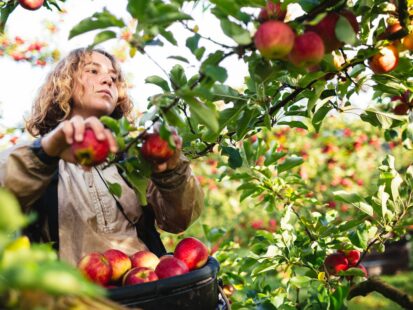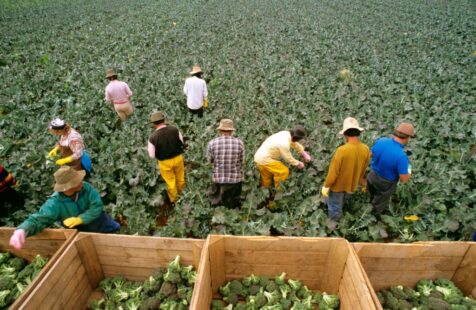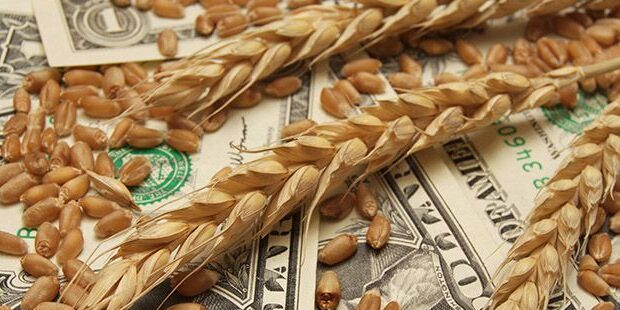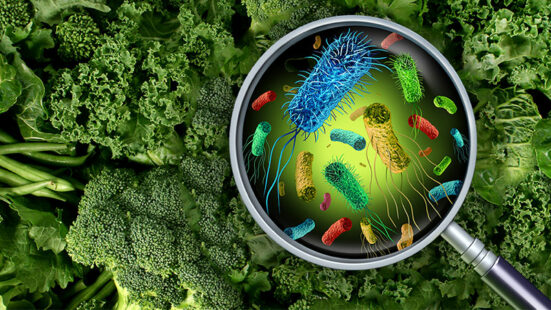
When one imagines a farmer in australia or an agricultural corporate leader, chances are that the picture is that of a man. This is because the majority of people around boardroom table in agriculture are still men, as is the typical stereotype of a farmer. This makes sense as up until 1994, where women were not recognised in Australian law as farmers, but they were recognised as ‘support workers’ to their male counterparts. Furthermore, this acknowledgment as a farmer or a leader in agriculture did not happen overnight. In fact, it has taken decades for women to ever get a seat at the boardroom table and there is still a long way to go until women are equally represented.
Opening up opportunities for women in agriculture is not only for the purpose of gender equity, but also for economic ststainability of the functioning industries. According to a report, published in 2015, Australia had fallen far behind other developed countries in its recognition of women in the farming sector. Due to this imbalance, the agricultural sector had been facing severe challenges from the environment and a decrease in trade. Since women consist of half the agricultural workforce, it is therefore a matter of urgency in order to maintain the sustainable future of the agricultural industry.
The government needs to initiate structural changes that encourage agricultural organisations and agribusinesses to prioritise women’s involvement at all levels. While Australia’s agricultural industry still has a way to go in achieving gender equity, it is happening. In honour of International Day of Rural Women, Farm Weekly is sharing stories of rural women who have cracked the glass ceiling, risen above gender discrimination, powered through tough times with resilience and tenacity to hold their families together and become leaders in their communities and within the Western Australian agricultural industry – keep an out eye for these stories in coming days – as well as in this week’s print edition.
These are the type of women who are making agriculture a better industry to work in for future generations – for women and men alike.

WHEAT: THE SUPER GRAIN OF AUSTRALIA When it comes to harvesting grains, wheat is a major winter crop grown in Australia. The sowing commences in autumn and the harvesting is based on the climatic conditions of the season. According to a general rule of thumb, wheat is harvested during spring and summer. Some of the […]
Read More →
It cannot be denied that Australia is one of the world’s largest exporters. Therefore, the nation is now set to witness a second-consecutive year of strong wheat exports. Even though there are government interventions and production cuts, Australia has still managed to sustain its exports. At the current moment, the country is forecasted to produce […]
Read More →
Researchers are now starting to trail the effectiveness of the mouse baits. It is in collaboration with both farmers and baits suppliers. In fact, approximately three research papers were prepared and are soon to be peer-reviewed. After being approved, these papers will be published in scientific journals in an attempt to control further mouse plagues […]
Read More →